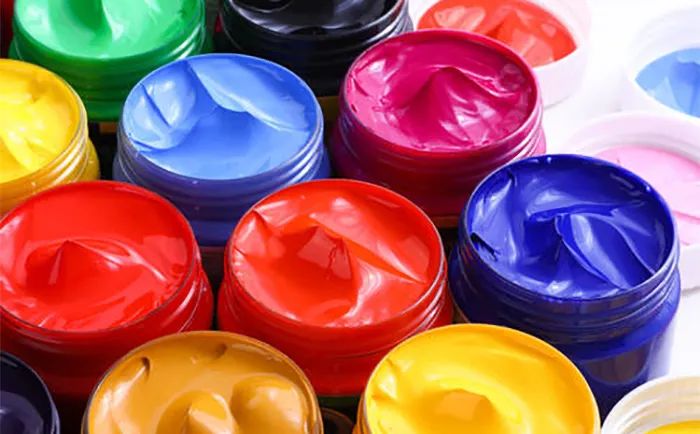There are many types of molecular structures of disperse dyes, but azo and anthraquinone are the main ones. The former accounts for about 60%, and the latter accounts for about 25%. The rest are Benzimidazole type, nitrodiphenylamine type, styrene type, etc. Disperse dyes can be divided into three types: E, S and SE, according to their different properties such as level dyeing and sublimation fastness.
Type E——Suitable for low temperature dyeing, good level dyeing property, but poor heat resistance, especially suitable for dyeing fabrics after high temperature setting treatment.
Type S——Suitable for high-temperature hot-melt dyeing, with high fastness to sublimation.
SE type – the performance is between E type and S type.

Application of disperse dyes
Mainly used in printing and dyeing of polyaldehyde fibers. There are a large number of ester groups in the molecular structure of polyester fibers, and very few hydroxyl and carboxyl groups at the chain ends. Inside the polyester fiber, there are crystalline regions with neat molecular arrangements and relatively loose amorphous regions, and only the amorphous regions can be dyed. Due to the hydrophobicity of polyester fiber, it is necessary to increase the diffusion speed of the dye in the fiber during dyeing, and make it difficult for the dye to diffuse out after entering the fiber. Low-temperature disperse dyes therefore use bulking agents during dyeing to increase the penetration of dyes into fibers, or use high-temperature dyeing.
There are three methods of disperse dyeing: carrier method, high temperature and high pressure method and hot melt method.
(1) Carrier method The carrier acts as a solvent for the dye, expands the fiber and has affinity. Therefore, the carrier promotes the diffusion of disperse dye molecules to the fiber surface during dyeing. The carrier molecules are small, and can penetrate into the fiber quickly to further expand the fiber. Dyes by increasing the rate at which dyes are absorbed. Carriers commonly used in polyester fiber dyeing (such as o-phenylphenol, etc.) are highly toxic compounds and are not used at present.

(2) High temperature and high pressure method This method is usually carried out in a closed container under the conditions of 120~140°C and 0.294MP pressure, and this method can only be operated intermittently , high production efficiency, but it is more suitable for dyeing deep and thick colors, especially for dyeing yarn-dyed yarns.
(3) Hot-melt method This method is first to pad dye in the dispersion liquid, after a short period of infrared drying, enter the hot-melt machine, and then heat it at about 200℃ Dyeing is carried out under certain conditions, and the dye enters the fiber at the melting temperature. The hot-melt method uses thermal energy to swell the fiber to relax its molecular structure, increase the micro-gap, and sublimate the dye with suitable size and particle shape to dye the fiber. The diffusion rate is high during dyeing, and polyester disperse dyes generally only need about one minute. The hot-melt method has been widely used in the dyeing and printing of butyl polyester fibers and ester-cotton blended fabrics. In production, dyeing can be carried out continuously, and heat setting can be carried out at the same time, so the production efficiency is high. Therefore, the dyeing of disperse dyes is mostly done by hot melt method.

 微信扫一扫打赏
微信扫一扫打赏

